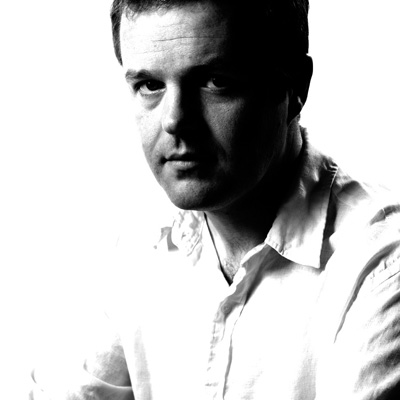Brand creation with style and substance
We need talented ’product storytellers’ to help us create engaging stories and communicate with the consumer market, argues David Law

I have just finished reading a fantastic article in last month’s UX Magazine. ’UX? WTF?’ I hear you say. Well, it stands for ’user experience’, and if you are unfamiliar with the term, just think of it as a sort of ’brand engineer’.
The role is to examine every part of a business from top to bottom, kick its tyres then tear it all apart and suggest ways in which to build it all back up from scratch in a better, stronger and fitter way to create a better user experience. It’s a bit like rebuilding the foundations and plumbing and electrics without knocking down the house.
Fascinating stuff, really. I didn’t know exactly what UX was until a few months ago when we joined forces with Warren Hutchinson to create our digital arm Someone Else.
We were working with Betfair and it became increasingly clear that, as it is a truly digital brand, many of the challenges we faced in enhancing its identity were inextricably linked with its user experience.
Since then, we have been looking at how to underpin a brand’s user experience with its strategic proposition to create fully aligned identities.
This is where the UX Magazine article struck me. In ’Why we need storytellers at the heart of product development’ (http://uxmag.com/strategy/why-we-need-storytellers-at-the-heart-of-product-development), digital strategist Sarah Doody argues that, ’Far too often, teams focus on execution the how and what before defining the product opportunity and unique value proposition.’
In a world where consumers are inundated with choices, products that want to be noticed and adopted must be rooted in the ’why’. If you want your product to be heard by consumers, it must be grounded in a story that consumers can emotionally connect with.
If you want your product to be heard by consumers, it must be grounded in a story that consumers can emotionally connect with
We are constantly meeting people intent on starting up snappy new ventures dreamt up on paper, focusing solely on the execution of what they aim to do as some sort of lift pitch ’We want to be the Foursquare of finance’, ’the bank for people who don’t trust banks’, and so on.
This is piggybacking or mashing up an existing model in the hope that their hybrid version will strike gold, or at least a small percentage of the market leader’s profit.
These are brands full of purpose, focusing on the ’what’ and ’how’, but entirely lacking in a story, or ’why’. This makes our job of creating a brand identity for them rather an empty experience, as all we have is surface and no soul. Doody proposes a new job description ’product storyteller’.
’Part matchmaker, part marketer, part technologist and part artist, product storytellers ask questions, find answers and figure out how to distil a vision or idea into a product story,’ she says.
You can learn loads from replacing the term ’product’ with ’brand’, by the way.
The tendency is to think, ’Isn’t that what a brand strategist does?’
Well, only in part. Brand strategists are usually consultancy-side and mainly get to work at the very beginning of a programme. They identify a core proposition and values to launch or relaunch those brands, but not to keep telling the ’story’ throughout a brand’s lifetime.
Not only would ’product storytellers’ identify the intended brand value, they would also share and evangelise the brand story throughout their organisations. This would also distinguish them from the marketing director’s role of how to share that story with the world, or the chief executive who came up with the story’s title.
The same issue exists in designing brands. More often than not, we are engaged for a set period of time with a list of criteria and deliverables to fulfil the brief, often dislocated from the other project teams (advertising, media and digital groups and so on).
We may help to create the first chapter, but the rest of the book is left to write itself. One answer is brand guardianship, but this itself is often viewed as ’policing’ by clients, not as storytelling.
Having a storyteller client-side would not only facilitate the development of a brand story, but also encourage collaboration between groups and ensure that every interaction a consumer has with a product or brand maps back to that story.
The best-known example of this has to be Steve Jobs at Apple, who snugly fits Doody’s proposed job creation. ’Product storytellers think about the whole, and they see the big picture,’ Doody said.
’But they can also go deep because they understand that the product’s true value lies in the details of its interactions and every touchpoint that a consumer has with it,’ she adds.
Every board should have one as well as a subscription to UX Magazine (after Design Week, of course).
’UX’ and its potential benefits
- ’User experience’ is designed to connect with consumers, creating a story that affects people’s perceptions and emotions
- Design consultancies’ set criteria and deliverables for brand design can often be isolated from other project teams
- Collaboration between groups to develop the story results in brand maps and a product linking back to the story
- It has been argued that brands are more likely to be noticed when they have a unique identity and back story
-
Post a comment




